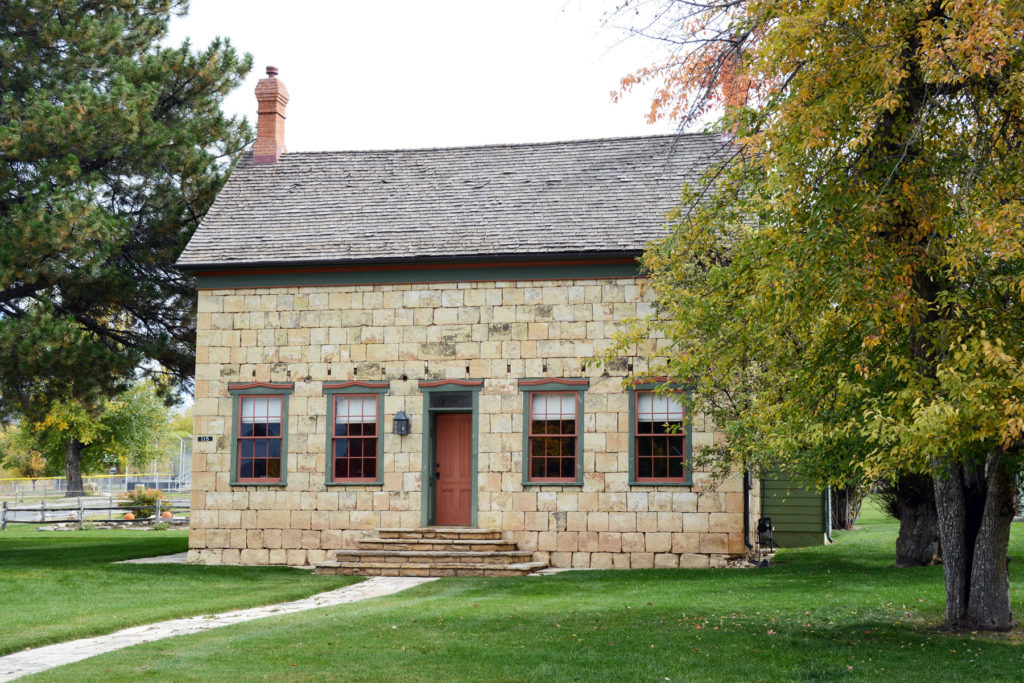Spring City, Utah
A unique experience for those interested in historical sites is a visit to Spring City, Utah. Located in the northern half of Sanpete County, it is one of only two sites in the United States where an entire city is a Historic District on the U.S. National Register of Historic Places. The other is Colonial Williamsburg, VA. Rather than being a place with several historic structures, the city limits of Spring City and the boundaries of the Spring City Historic District are one and the same.
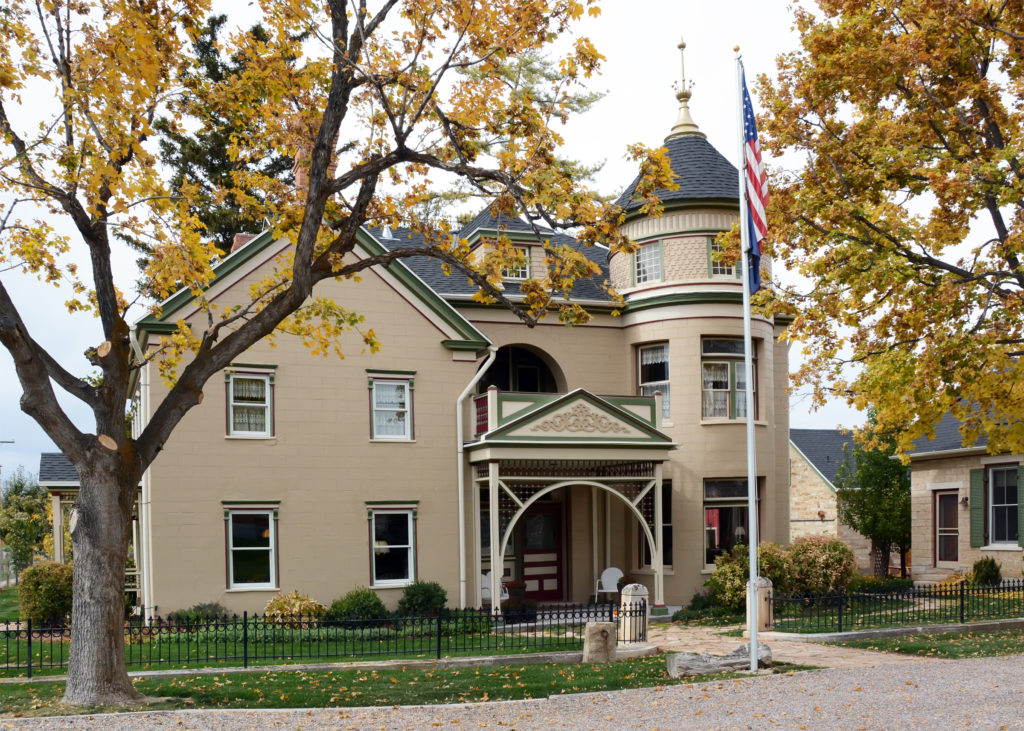
The current (2016) town historian, Kaye Watson, notes that there are four extant pioneer houses that date to the 1860s, twenty-four from the 1870s, and twenty from the 1880s. One 1905 home once served the community as a bishop’s storehouse. Other historic buildings include a rock Latter-day Saint chapel, stores, an old firehouse, theater, jail, and school.
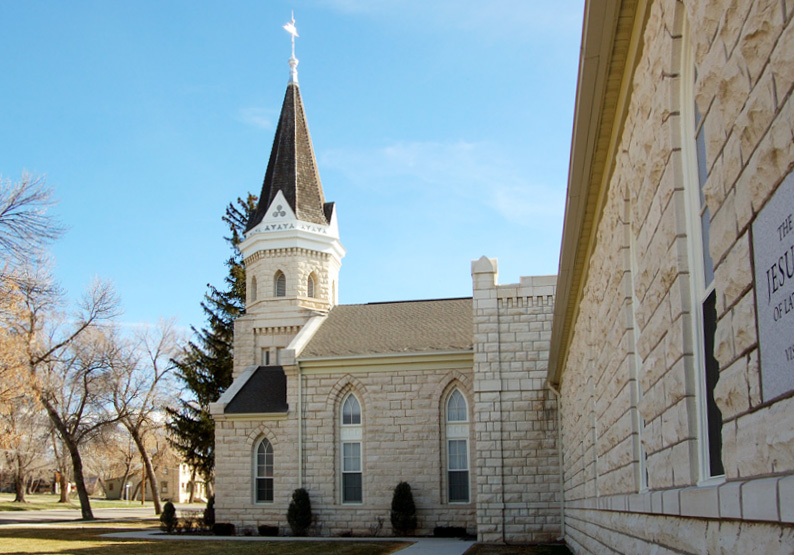
One extant structure was once used as a school and as an office by Elder Orson Hyde, Spring City’s most famous resident. He was called to the first Quorum of the Twelve in Kirtland, Ohio in 1835. He spent the last years of his life presiding over the Latter-day Saints in Spring City. There is a persistent tradition that the stone structure that was Orson Hyde’s office
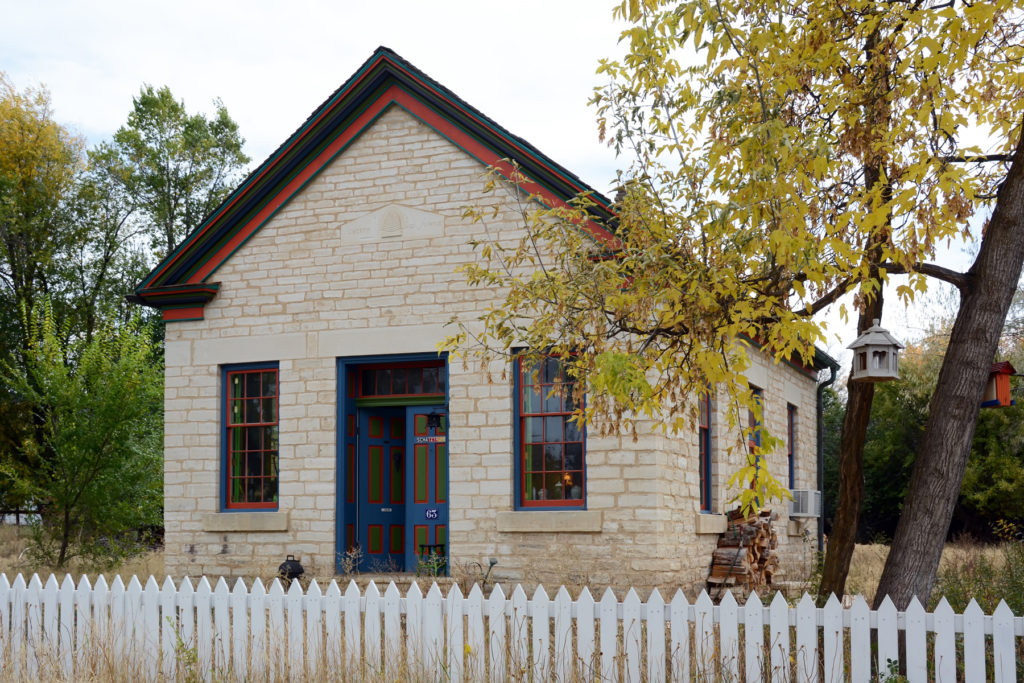
was once used to perform sacred ordinances for worthy Church members who were unable to travel to a temple. The current (2016) owner believes that the building was indeed utilized for this purposes. The historic Orson Hyde home (immediately below) is frequently sought out
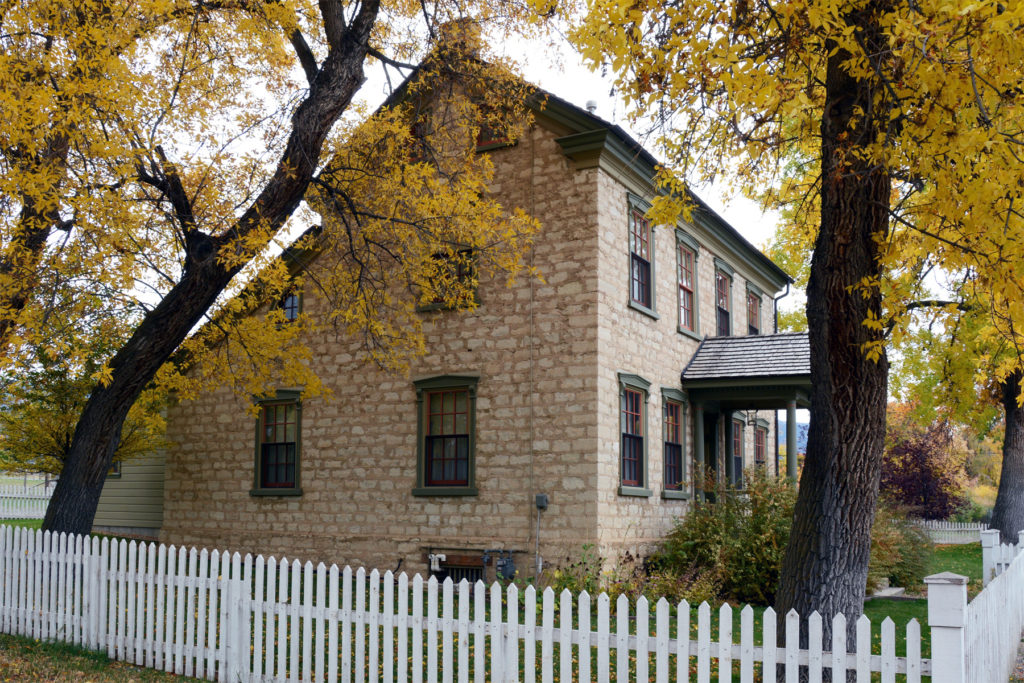
by tourists, but it is only one of approximately fifty homes constructed in Spring City during the nineteenth century. The grave of Orson Hyde is also found in Spring City. It is located in the cemetery immediately west of town on state highway 117, not the smaller cemetery in the town itself.
Spring City was originally settled in 1852 by James Allred along with his and about a dozen other families. The settlement was first called the “Canal” or “Allred Settlement.” Because of issues with the Native Americans, the settlers abandoned the area for a few years. Some of those pioneers returned and resettled the site in 1859. Little by little the population grew. Spring City was incorporated in 1870.
Maps & Directions
Spring City is located in northern Sanpete County, Utah about five and a half miles south of Mt Pleasant. It should be noted that the main highway of Sanpete County, US 89 does not run through Spring City. One must get on Ut-117 south of Mt Pleasant or west of Spring City to get there. The gps coordinates of the old town hall and museum are: 39°28’44” N; 111°29’45.53″ W. That is usually the best place to start when visiting Spring City.
Ownership Status
Most of the historic structures in Spring City are currently owned as private residences. Several are publicly owned. The rock chapel is owned by the LDS Church. As a general rule, the structures would not be opened to the general public. However, once a year, around Memorial Day, select homes and buildings are opened for viewing by those who wish to purchase a ticket for such a tour. The reader is referred to the city’s website, historicspringcity.org.
Photos
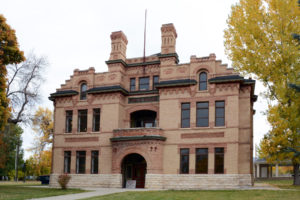
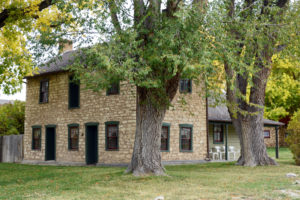
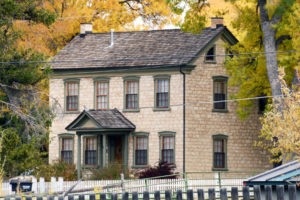
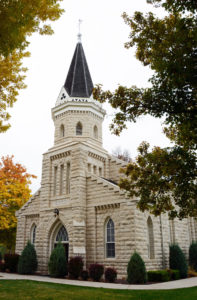

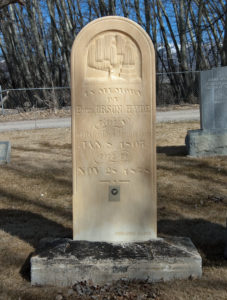
Articles & Resources
Sources
Peter L. Goss and Kaye Watson, Spring City: A Guide to Architecture and History (historical brochure).
Kaye Watson, Life Under the Horseshoe: A History of Spring City.
Thomas G. Alexander, Utah, The Right Place, 114.
John Alton Peterson, Utah’s Black Hawk War, 334, 348, 396.

